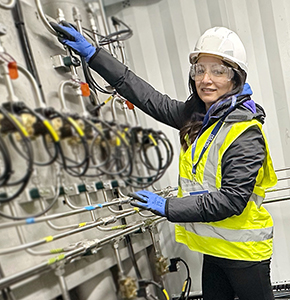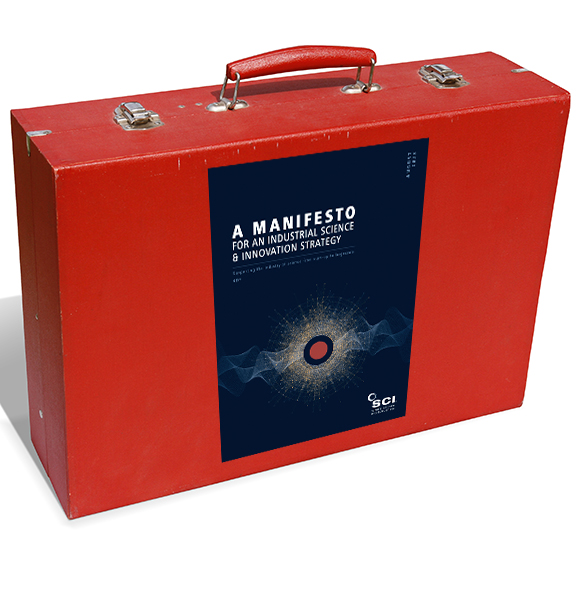A new study suggests that beer is a significant source of dietary silicon, a key ingredient for increasing bone mineral density. Researchers from the Department of Food Science and Technology at the University of California studied commercial beer production to determine the relationship between beer production methods and the resulting silicon content, concluding that beer is a rich source of dietary silicon. Details of this study are available in an article of Journal of the Science of Food and Agriculture, published by Wiley on behalf of SCI.
'The factors in brewing that influence silicon levels in beer have not been extensively studied' said Charles Bamforth, lead author of the study. 'We have examined a wide range of beer styles for their silicon content and have also studied the impact of raw materials and the brewing process on the quantities of silicon that enter wort and beer.'
Silicon is present in beer in the soluble form of orthosilicic acid (OSA), which yields 50% bioavailability, making beer a major contributor to silicon intake in the Western diet. According to the NIH, dietary silicon (Si), as soluble OSA, may be important for the growth and development of bone and connective tissue, and beer appears to be a major contributor to Si intake. Based on these findings, some studies suggest moderate beer consumption may help fight osteoporosis, a disease of the skeletal system characterised by low bone mass and deterioration of bone tissue.
The researchers examined a variety of raw material samples and found little change in the silicon content of barley during the malting process. The majority of the silicon in barley is in the husk, which is not affected greatly during malting. The malts with the higher silicon contents are pale colored which have less heat stress during the malting process. The darker products, such as the chocolate, roasted barley and black malt, all have substantial roasting and much lower silicon contents than the other malts for reasons that are not yet known. The hop samples analysed showed surprisingly high levels of silicon with as much as four times more silicon than is found in malt. However, hops are invariably used in a much smaller quantity than is grain. Highly hopped beers, however, would be expected to contain higher silicon levels.
No silicon was picked up from silica hydrogel used to stabilise beer, even after a period of 24 hours and neither is there pick up from diatomaceous earth filter aid.
The study also tested 100 commercial beers for silicon content and categorised the data according to beer style and source. The average silicon content of the beers sampled was 6.4 to 56.5 mg/L.
'Beers containing high levels of malted barley and hops are richest in silicon,' concludes Dr. Bamforth. 'Wheat contains less silicon than barley because it is the husk of the barley that is rich in this element. While most of the silicon remains in the husk during brewing, significant quantities of silicon nonetheless are extracted into wort and much of this survives into beer.'
Article: 'Silicon in Beer and Brewing.' Troy R. Casey and Charles W. Bamforth. Journal of the Science of Food and Agriculture Published Online: 8 February 2010 (DOI: 10.1002/JSFA.3884) . View abstract.
For more information please contact Dawn Peters, T: 781-388-8408, E: medicalnews@wiley.com
About JSFA
Journal of the Science of Food and Agriculture publishes peer-reviewed original research, reviews, mini-reviews, perspectives and spotlights in these areas, with particular emphasis on interdisciplinary studies at the agriculture/ food interface. This international journal covers fundamental and applied research, including: food, health and nutrition, food science and technology, biotechnology, molecular biology, biochemistry, food safety, materials and processing, agriculture production, utilisation, and environment, as well as sensory and consumer sciences. The Journal of the Science of Food and Agriculture is published by Wiley on behalf of SCI.
About SCI
SCI, the society where science meets business on independent, impartial ground is a unique international forum which anyone can join where they can share and exchange information, ideas, new innovations and research and access SCI’s growing database of member specialists between sectors as diverse as food and agriculture, pharmaceuticals, biotechnology, environmental science and safety. Originally established in 1881, SCI is a registered charity with members in over 90 countries. For more information on SCI activities and publications, click here.








